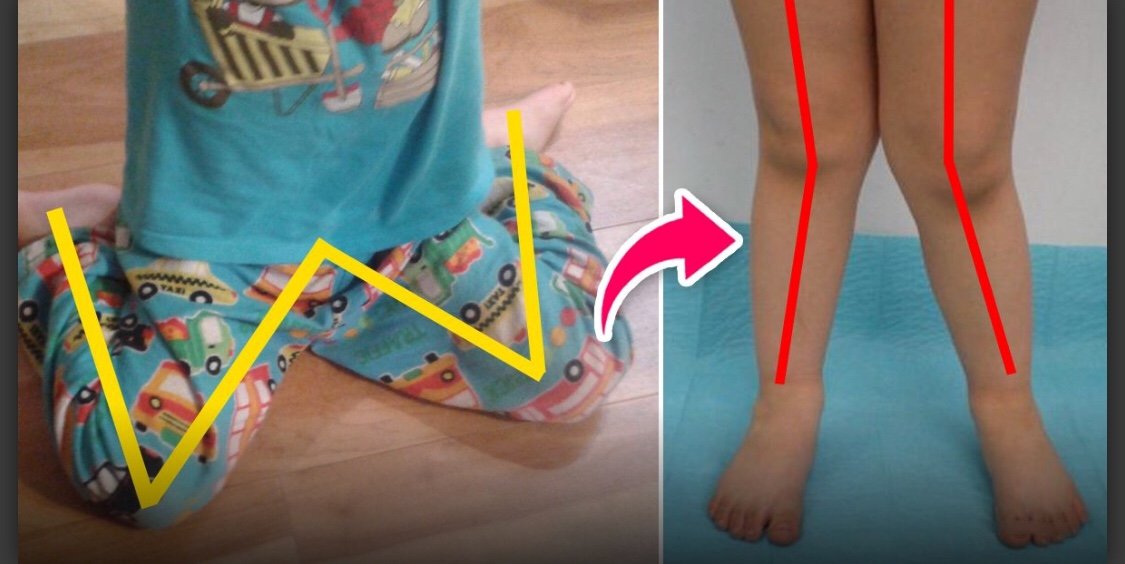
As a child, I used to sit in this position too—the W sitting position. While sitting, this position looks natural and probably comfortable for the child too.
However, sitting in this position for the children at the age within three years old can actually bring harm to them. You can spot the W sitting posture when you see a child sitting on the ground with their thighs open and the feet are bent behind the buttocks.
At this time, the child’s leg posture will look like the letter w from the front.

Credit: Pinterest
According to child physiotherapist Cathy Molloy, this sitting posture may have several harmful effects on children in the future that include:
- Poor hip joint development
- In-toe walking patterns
- Easy to get hunchbacked
- Affecting core muscles causing poor body condition
- Tensile muscles on the back of the thigh
Causing the hip and thigh muscle tight, the W sitting position can cause hip discomfort and hip dislocation in children, with congenital hip dysplasia or instability. If a child maintains this sitting position, it can increase the angle of the thigh bone and calf bone and they might develop an in-toe walking style that can affect body balance.
Vice president and functional therapist of the Health and Rehabilitation Clinic Zhang Xuyu reminded us not to be too flustered when we see our children sitting with W position because it’s a part of their normal development process.
However, parents should be concerned if they maintain this sitting position for a long period of time.

Credit: Wikimedia
In order to prevent the negative consequences of this W sitting posture, we can take these following methods to help children maintain a safe sitting posture.
- Cross-legged, site-sitting, or straight legs—so that when the child sits down, the legs and feet are placed in the front of the body.
- Use a small stool to provide support for the child’s feet.
- Do more outdoor activities to prevent children from getting used to sitting for a long time.
The golden age to correct a child’s sitting posture and make them adapt to other sitting postures is before the age of six.

Credit: Wikipedia
You can try these recommendations from the Chicago Pediatric Therapy and Wellness Center:
- Parents can make good use of corrective progress management—adjust just 10% in the beginning, then gradually move to 25% and finally correct 100% of the child sitting posture.
- Establish a mechanism for the child to actively adjust sitting posture—try to understand the time your child will use the W posture and quickly adjust it. For example, call the child’s name and request him to sit in a different position immediately. When they’re used to the message, they’ll willingly change the sitting posture in the future.
Attending physician at the Cathay General Hospital Cai Kaizhou said that when a child has hip dysplasia, early treatment can correct the problem but the condition will be more serious if the time is too late.


Recent Comments